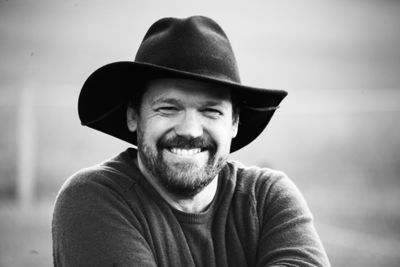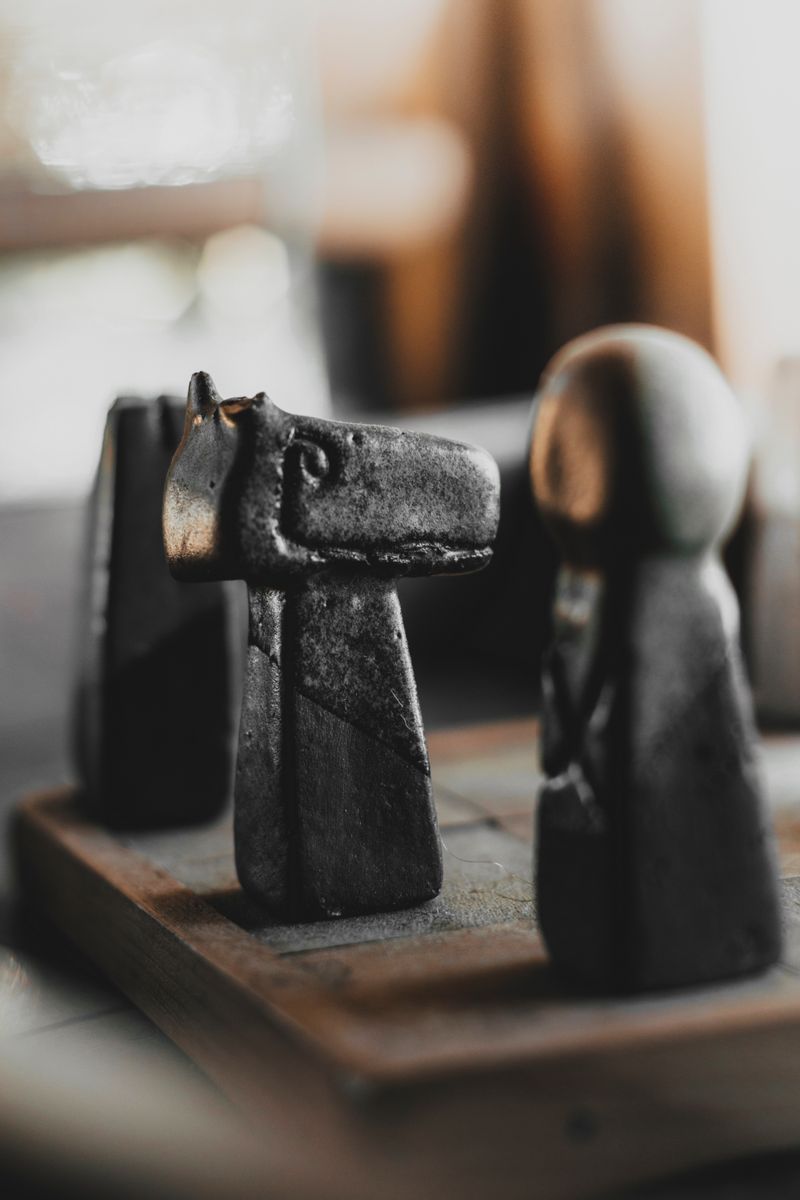Beauty matters to me. Simple beauty in ordinary life, I mean. The sort that must be worked for and attended to, but is otherwise not hard to come by.
It’s a kind of beauty that, in cultures like mine, is mostly ignored, considered quaint or just nice.
I’ll explain what I mean, but I wanted to first confess that, lately in my life, I have let myself down, let this kind of beauty slip to the side.
The clouds were turning pink, the air cooling rapidly and I’d sat down heavily after a day of work. That familiar weary, satisfied feeling.
A still, quiet evening. A few small birds in the eucalypts. Nuts, every so often, falling loudly on the tin roof.
I’d worked in the yard and house all day. On what, it’s hard to say specifically—there was so much to do, so many things in need of attention that I’d chosen randomly, following whims, following little or no logic. I could not have explained my movements to a helper, or onlooker—I was not working to a purpose, so much as working to break a pattern, a spell of stagnation.
My homestead has reached a nadir of neglect, of slovenly disarray. This fact has been causing me frequent grief. I’ve never been an organised or tidy person. But I do—well, I did, previously—take a particular kind of pride in my home.
In the ancient Greek lexicon, oikos, as I understand it, referred to both household, family structure and home place. It is, famously, the root word of both ecology and economy. But I noticed, in reading about oikos, that there was frequent mention of how family functionality, economic household purposes and physical spaces inter-relate and are arranged. A sense of artful design concern was smuggled in with a somewhat utilitarian conception of oikos as a geometric unit of civil society. Since then I've gradually come to use the word privately as shorthand for all the nuance of what a carefully designed home place means to me.
The late Bill Coperthwaite wrote this, among many things, about design:
The quality of a thing comes from the knowledge and beauty it carries more than from its expense. Having one of the best pancake turners in the world is possible for anyone who finds out what constitutes a good pancake turner … It is these little elements multiplied many times over that make up our daily world. The impact of subtleties upon the quality of our life and work is incalculable. And the more that good design surrounds us, the easier it becomes to design well.1
Taking care with the details of life, and believing in your own ability to make them come about, is a source of real joy. Being a maker of material culture grounds me in a way for which I’ve found no parallel.
But I have often asked myself, in the context of possible ecological collapse, how much do our homes, our small systems for living, matter?
And what is the power, or relevance or potential, of physical and material culture?
I live mostly alone in this little cottage, in this obscure part of rural Tasmania. Hence the opportunity for disorder and sloth. My daughter stays a few days each week, and as an eleven-year-old, she has a high tolerance for chaos, but is not, obviously, unaffected. Otherwise, I am free to experiment with new heights of slobbishness.
The past year or so, I’ve taken full advantage of this freedom, and despite disgusting myself with the results, I have appreciated that the opportunity existed. I’ve needed it.
I’ve been a ‘homesteader’ of sorts, on and off, for around fifteen years now, first on a property in the Derwent Valley that I owned with my daughter’s mother, and subsequently, after a stint in suburbia, on other people’s land in and around the Huon Valley, Australia’s southern-most municipality.
The kind of pride I take in my home is a deep satisfaction in being nested within a well-functioning system. A system-of-living, I suppose you could say. I’ve been striving for that feeling for many years. The intended purpose of this functional system has evolved significantly over the years—from big dreams of rural independence and freedom from economic imperatives, to a modest sense of resilience and self-responsibility at the fringe of my community.
But I can no longer claim even a modest functionality here. The kitchen garden is verdant with monstrous weeds. Tools lie around rusting. All manner of crap and spiders’ nests have built up around the edges of rooms. Mice have moved in and are beginning to impart their distinctive smell.
Every week I scramble to tidy up and try to create a cosy sense of home for my daughter, fighting for some dignity in the situation, but a sense of shame and defeat has crept in and I regularly lose the battle.
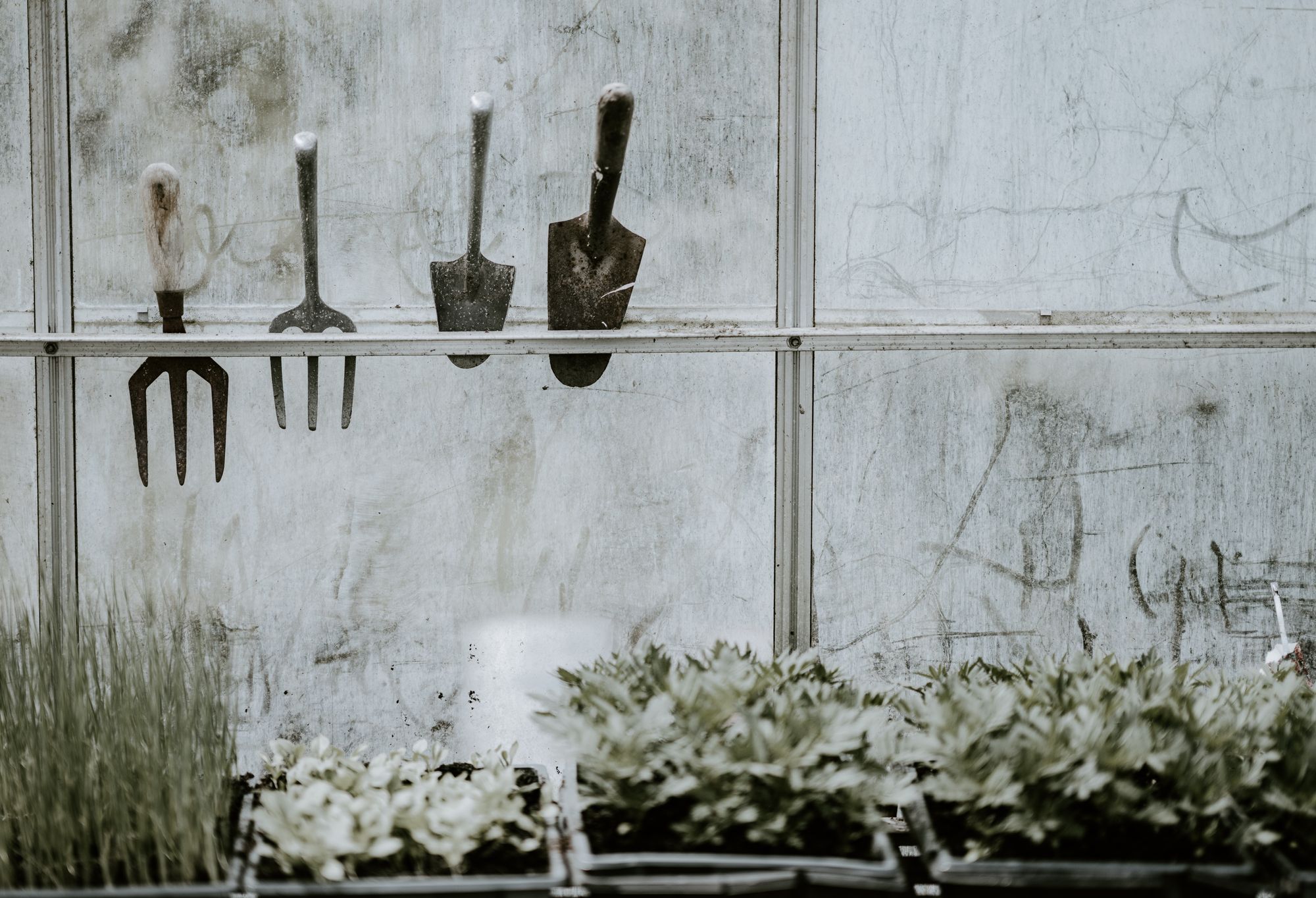
The source of this disorder and grief is a long effort to make, out of pretty much nothing, a spiritually rewarding livelihood for myself. A way to earn enough essential currency that I can run my household with competence, and in a manner that I can take pride in. Which means, in practice, something other than the array of economic roles that are on the menu of my local labour market. Something, in other words, that I make for myself.
I’ve been at it for years, and in the early days, I tried to balance that work with gardening and improvements, upkeep and creative homestead projects. I thought I could keep designing and building things, like I’d been doing, and having big ideas for the place like I’d always done, all the while searching for more and more time to make the livelihood project work.
Like many people, I’ve tried to get by on just enough, so that I could find that time. I’ve become, by this country’s standards, very poor. But that is to say, however, that I’m protected from true poverty by where I live. (In my twenties I spent time in East Africa and Madagascar, and have never felt poor since, no matter how low I’ve gone.)
What I’ve learnt about financial struggle, though, is that it is not the material things, or lack thereof, that hurts. It’s the strain on relationships, the stress of not being able to meet your obligations, that draws heavily on the spirit.
The struggle is tiring, in and of itself, and is not ‘sustainable’ by nature. As I get more and more exhausted by it, and as I am seeing now light at the end of the tunnel, it becomes clear how much I need the dark tunnel to end.
This is why, around a year or more ago, I let go of all my home building projects; I let go of gardening, of growing my own food, making a better home, maintaining a system. These things all take money, anyhow, or else a great deal of energy to get around the lack of money. I needed to focus.
But I recognise that there is danger in this. If you are at all sensitive to the household environment—the subtle sense of dignity, or lack thereof, running through the physicality of home life—you risk the failure of mental health. I’ve experienced the beginnings of a frightening downward spiral.
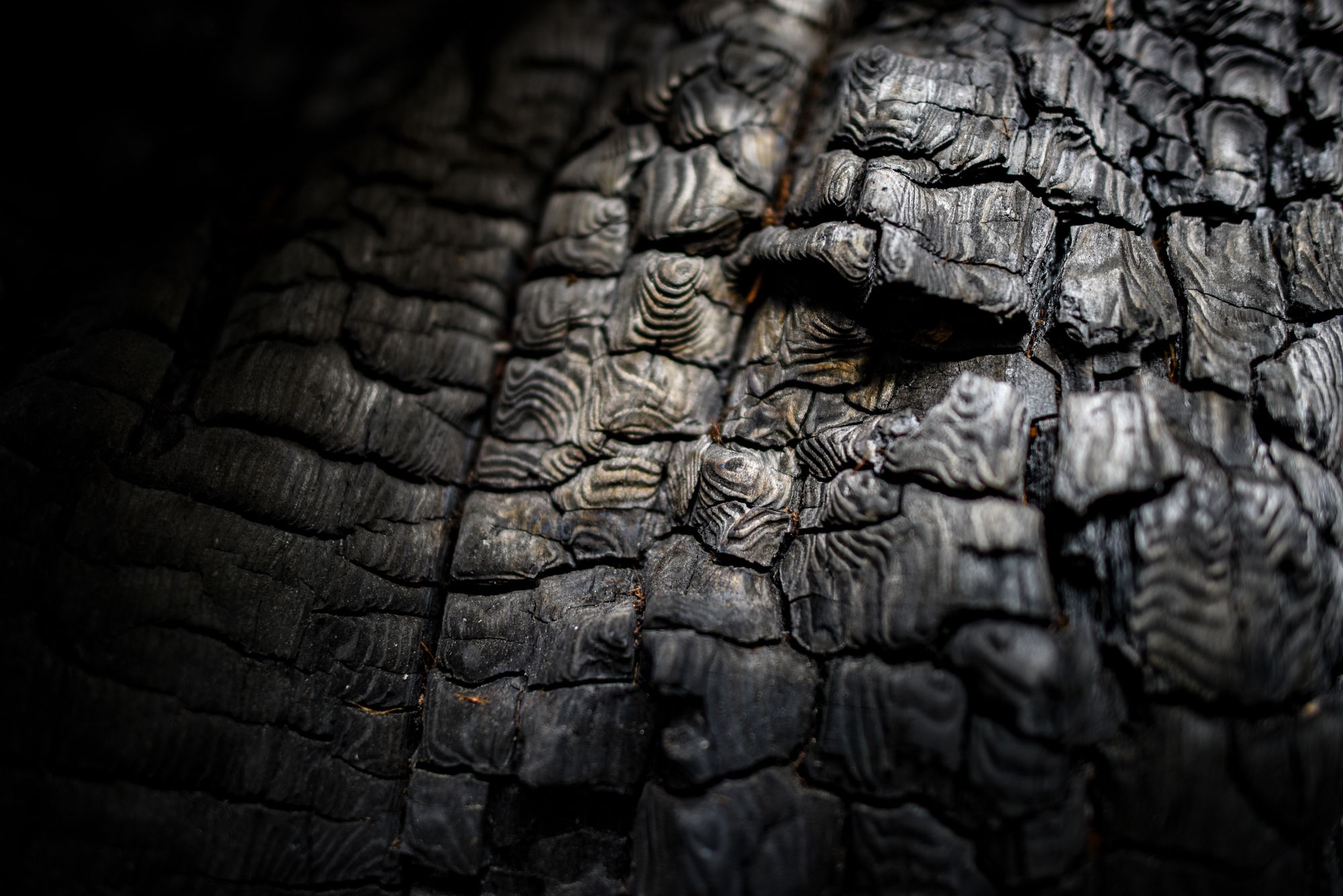
Caroline Ross is a natural materials artist, living in the South of England. Writing for The Dark Mountain Project, she says:
In front of me is a jam jar of bright yellow earth, deep red ironstone pebbles and a loose sheaf of swan feathers, gathered after the wildfowl moult at Mudeford Spit. Empty mussel shells from last night’s dinner are simmering clean on the stove, and, along with empty contact lens cases, will become palettes for paints when the students arrive tonight. Mud from a pothole puddle on a Georgia red dirt road sits in a yogurt pot, waiting to mix with scabs of cherry tree gum picked from a tree in a car park last week, and transform into watercolour paint, with the addition of a little honey scavenged from the breakfast table.
Of the process of gathering these natural materials, she says:
The methods are labour intensive and the results will be art supplies that our ancestors would have recognised.
She is of course making a statement about, and holding for herself and others, an alternative to modern physical culture. But if this work was only a statement, you might be forgiven for thinking it stridently elaborate, overdone. I recognise this kind of effort, though, and know that the comment it makes is probably a mere useful by-product. And I’m guessing that while bringing home the materials themselves might be an intensely rewarding experience, it is by no means the whole point. Certain kinds of work are satisfying both for what you achieve, and for the sheer doing of it. And the relationships you form in the process.
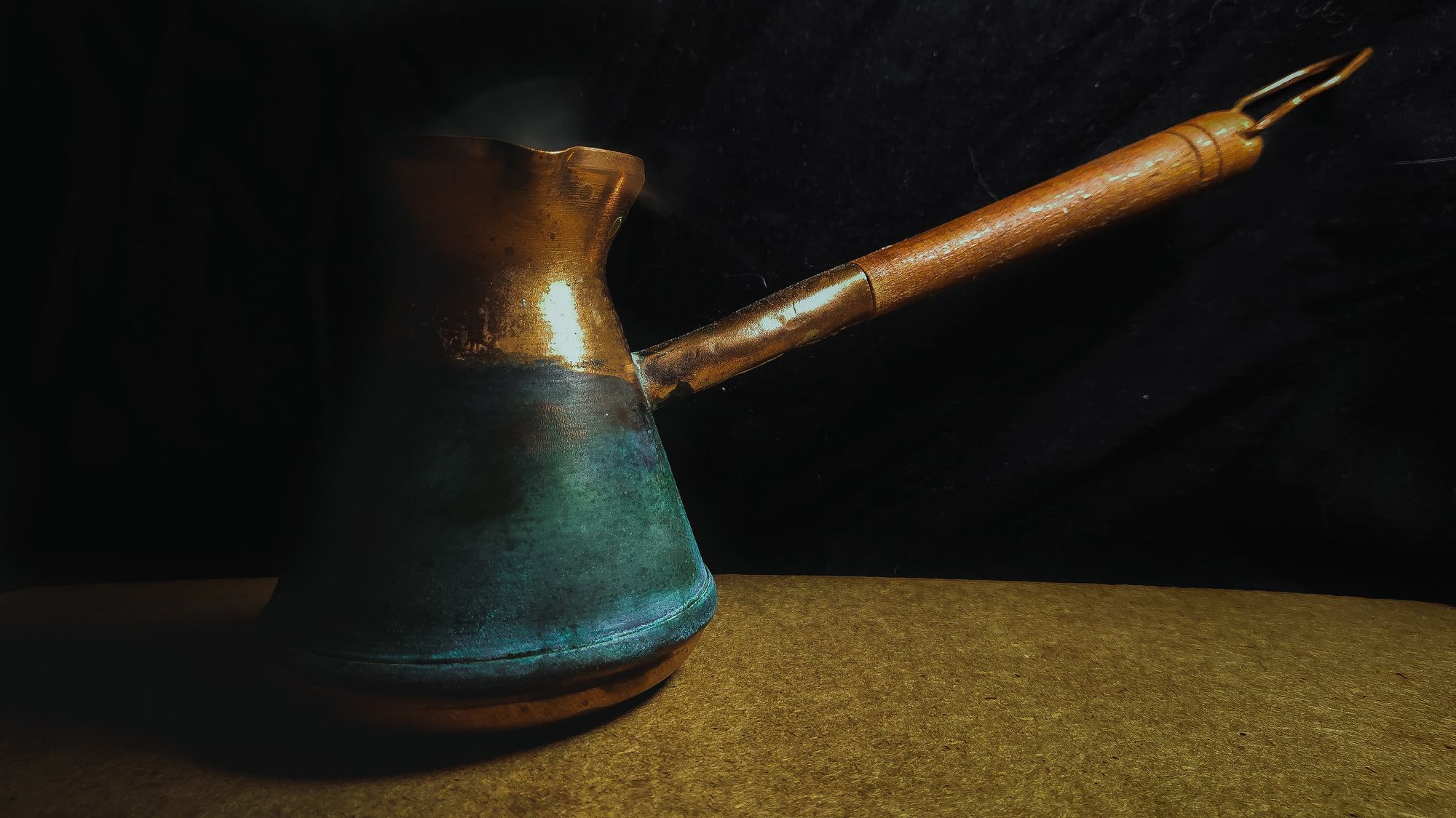
Ross describes modern physical culture as a ‘haptic desert.’ Haptic meaning, relating to the sense of touch, in particular relating to the perception and manipulation of objects using the senses of touch and proprioception.3
Contemporary homes and lives, in the global north particularly, are characterised by glossy surfaces of ubiquitous technology, such as laptops, phones and televisions. Machine-made smoothness is the norm for almost all tables and chairs, kitchen surfaces, vehicles and everyday objects.2
And further:
Contemporary neuroscience has proved that brain development, emotional maturity and physical coordination only advance properly in the context of regular beneficial touch and physical stimulus. The brain as an organ develops from the same cells as skin, the ectoderm, rather than those which develop into internal organs. The local vernaculars of texture and materiality are akin to the breadth of local folk music, or dialects across the world. When a majority eats at the same few IKEA tables, drinking from identical mugs, listens to the same global pop and speaks English, a utilitarian chill descends and nips the wild herbs of local tactile culture in the bud.2
It's maybe obvious that the experience of texture and materiality are not confined to, perhaps not even dominated by, the sense of touch. Sight and the other senses get involved, especially where proprioception is generated—meaning perception or awareness of the position and movement of the body.3
I would also say that not only does the human mind and body need the context of a properly tactile physical culture for full maturity—a fully human organism needs the experience of designing and making within that culture.
Design is native to the human brain. Making is too, being a part of the same thing. (These two words should never have been separated.) To design-make, I feel, regularly and purposefully—for both simple and complex purposes—is to participate in the unfolding richness of our own biological lives.
How much do our homes, our small systems for living, matter? I find answers to this question satisfyingly elusive. I will surely keep on pondering, but I sense they matter a great deal. Our small systems of living can be a source, if we do it right, of resilience to the harsh vicissitudes of climate change and economic contraction, political instability and the otherwise unexpected, such as pandemics, supply chain shocks and service failures.
They can also be the site of our most heartfelt political and moral stand, in which we refuse our own culture’s oppressive recruitment drive for yet another servant of mad growth. This was what I’d been trying to do. Having recognised that the heart of oikos is our livelihood, I’d been hellbent on building a defiantly human version, in which a contribution to the greater good is the daily work, not some rarefied exception to a bleak rule.
More gently and pervasively though, our households can also, as I’ve been experiencing in the negative, be a profound source of psychological stability and grace. Refuges in which all manner of objects and arrangements, self-considered design choices and the like, might remind you, speak afresh to you, that life is about taking care with all our most important relationships. With Earth, with each other, with self. In short, a personally built physical culture that nourishes.
As Bill Coperthwaite might have said, we can build our lives, and also hold them, with our own hands. It astonishes me now how I could have lost touch with such a project, in the act of trying to make it complete.
Since that first fervent day, I’ve made a gentle effort to play the tune on repeat, and am feeling the benefits seep through me, in waves of welcome relief.
I am still marveling at how the spirit of it returned so delicately. I had left my computer and walked outside with a feeling of blank and weary surrender, and proceeded to get my firewood stacked for the winter. I felt each piece so clearly on the skin of fingers and palms. A long and patient afternoon of tactile attention-to-well-being. Afterward, the sight of it against my house, stacked to the gutter line, and ricked neatly along the fence, gave me that old feeling of being competently situated.
I started on another task, and then another. I oiled my garden tools, ahead of the winter rain; they no longer look grey, parched, forgotten. I went into a jumbled corner of my office, evicted dust-covered things I didn’t need, vacuumed and cobwebbed with firm diligence. And much more.
I’ve certainly not arrived yet. The laundry still looks like some kind of troll-den, gross. The garden is still crying for help. The monster weeds continue skyward. There is so much work still needed.
But I’ve begun. I'm on my way home to a place of haptic eloquence.
References:
- William Coperthwaite, John Saltmarsh, A Handmade Life—In Search of Simplicity, Chelsea Green Publishing, 2007
- Caroline Ross, Our Dark Materials—An Introduction, The Dark Mountain Project, 2023 https://dark-mountain.net/our-dark-materials/
- Meaning attributed by Oxford Languages and Google.
Images 1. Gaspar Manuel Zaldo / 2. Annie Spratt / 3. Sam Goodgame / 4. Kyrylo Kholopkin
Comments? If you would like to say something about this post, I'd love that. For personal reasons, I don't enable comments on the blog site, but please feel free to write to me—andy@wearehumans.com.au

